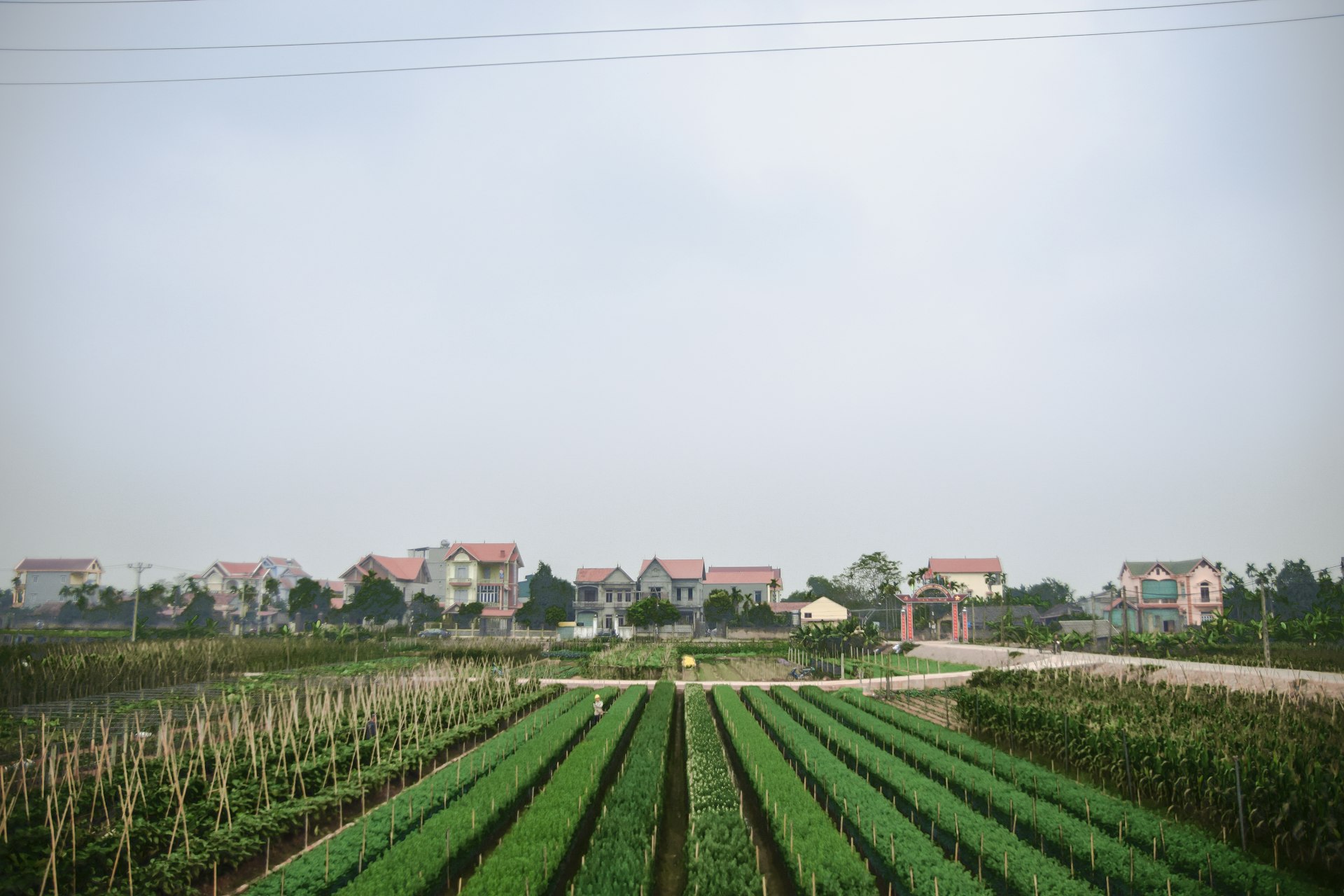Mastering Real Estate Farming: Strategies for Building Local Authority and Generating Leads


Photo by Tin Ly on Unsplash
Introduction: Understanding Real Estate Farming
In real estate, farming refers to a focused marketing strategy where agents systematically cultivate a specific area, demographic, or niche to generate consistent leads and build long-term authority [1] . Unlike one-off campaigns, farming is about sustained outreach that positions an agent as the local expert. This article explains the concept, benefits, methods, and step-by-step guidance for effective real estate farming, addressing all actionable aspects for those seeking to leverage this approach.
What Is Real Estate Farming?
Real estate farming-sometimes called
geographic farming
-means selecting a particular neighborhood, community, or demographic, then consistently marketing to those residents over time
[1]
[2]
. The term draws an analogy to agriculture: agents “plant seeds” with mailers, events, and digital outreach, “nurture” relationships through ongoing engagement, and “harvest” leads as trust and recognition grow.
Unlike random prospecting, farming is about sustained brand-building. Local homeowners and potential sellers repeatedly see your name, associate you with real estate success, and eventually contact you when the need arises [1] .
Key Benefits of Real Estate Farming
Agents use farming strategies for several compelling reasons:
- Builds local brand authority: Repeated exposure establishes you as the trusted expert in your target area.
- Generates inbound leads: Homeowners are more likely to call the familiar local agent when considering a sale.
- Drives referrals: Even non-selling residents may recommend you to friends and family.
- Supports the full sales funnel: Farming keeps you visible from initial awareness to ongoing nurture and eventual conversion.
- Creates a marketing asset: A well-maintained farm can generate leads year after year [1] .
Types of Real Estate Farming Strategies
Agents can farm by geography, niche/demographic, or digital presence . Each method brings unique opportunities and challenges:
Geographic Farming
Geographic farming focuses on a specific neighborhood, zip code, or community. Success depends on knowing the area’s housing market, turnover rates, and competition. Common tactics include direct mail campaigns, local events, open houses, and monthly market updates [1] . Consistency is key-agents must maintain regular contact for months or years to achieve dominance.
Example:
An agent chooses a neighborhood of 500 homes, sends monthly postcards, hosts quarterly open houses, and attends HOA meetings. Over time, homeowners begin to recognize and trust the agent, leading to increased listings and referrals.
Niche/Demographic Farming
Niche farming targets groups with shared characteristics, such as first-time buyers, luxury home owners, retirees, or real estate investors [2] . To succeed, agents often leverage personal experience or access to specialized resources relevant to the niche.

Photo by Timon Reinhard on Unsplash
Example:
An agent with senior real estate expertise focuses on downsizing retirees, offering seminars and tailored market guides. This approach establishes authority and builds trust within that demographic.
Digital Farming
Digital farming leverages online channels to build a virtual presence within a geographic area or demographic. Tactics include posting in local Facebook groups, running geo-targeted ads, creating neighborhood-focused YouTube videos, and sending monthly email newsletters [1] . Digital methods support and amplify traditional farming, reaching mobile-first consumers.
Example:
An agent creates a YouTube series about local housing trends and shares the videos in neighborhood social media groups, boosting visibility and engagement among residents.
Getting Started: Step-by-Step Guidance
Launching a real estate farm requires careful planning and persistent effort. Here’s how to do it:
- Research Your Target Area or Demographic Analyze turnover rates, average home prices, competition, and resident demographics. Use public records, market reports, and online tools for data. For demographic farming, study the group’s needs and pain points.
- Choose Your Farming Method Decide whether geographic, niche, or digital farming best suits your expertise and resources. Many agents combine these approaches for maximum impact.
- Develop a Consistent Marketing Plan Commit to regular outreach-mailers, events, digital content, or a mix. Plan 6-12 months of activities in advance to ensure consistency.
- Engage and Build Relationships Attend local meetings, host events, run contests, and provide helpful resources. Personal communication-whether in person or online-is critical for building trust.
- Track Results and Adjust Monitor responses, leads, and conversions. Use CRM software or spreadsheets to track progress. Adjust tactics based on what delivers results.
If you need help finding market data or local groups, contact your local Realtor association or search “[city name] real estate market trends” for reliable information.
Challenges and Solutions
Challenge: Breaking into a competitive farm area. Solution: Identify underserved niches, offer unique value (such as specialized market analysis), and focus on consistent, high-quality outreach.
Challenge: Maintaining momentum when results are slow. Solution: Farming is long-term-stay consistent for 12+ months before judging results. Track data and celebrate small wins.
Challenge: Budget constraints. Solution: Use cost-effective digital farming (social media, email) and supplement with targeted mailers for high-impact touchpoints.
Alternative Approaches to Real Estate Farming
If traditional farming doesn’t suit your style, consider these alternatives:
- Referral Networks: Build partnerships with local businesses, lenders, and service providers for mutual lead generation.
- Content Marketing: Create blogs, guides, or podcasts focused on local real estate issues, positioning yourself as an authority [2] .
- Community Involvement: Volunteer or sponsor local events to increase visibility and goodwill.
How to Access Resources and Opportunities
To begin real estate farming, consider these steps:
- Contact your local Realtor association for data, training, and networking opportunities.
- Search for “real estate farming tools” or “neighborhood marketing strategies” to find technology platforms and templates.
- Attend local community meetings or join neighborhood social media groups to build relationships.
- If seeking demographic-specific leads (e.g., seniors, investors), look for specialty networks or affinity groups through national real estate organizations.
If you are unsure about specific programs or opportunities, search for the official local agencies or real estate boards in your area. For advice on digital farming tools, visit recognized industry platforms or ask your brokerage for recommended solutions.
Key Takeaways
Real estate farming is a proven, long-term strategy for generating leads and building authority in a specific market. By consistently engaging with a chosen area or demographic, agents can become the trusted expert and enjoy a steady stream of inbound opportunities. Success requires research, commitment, and adaptability-but the rewards are substantial for agents who stay the course.






